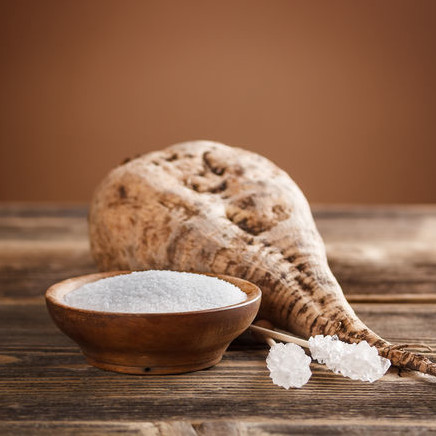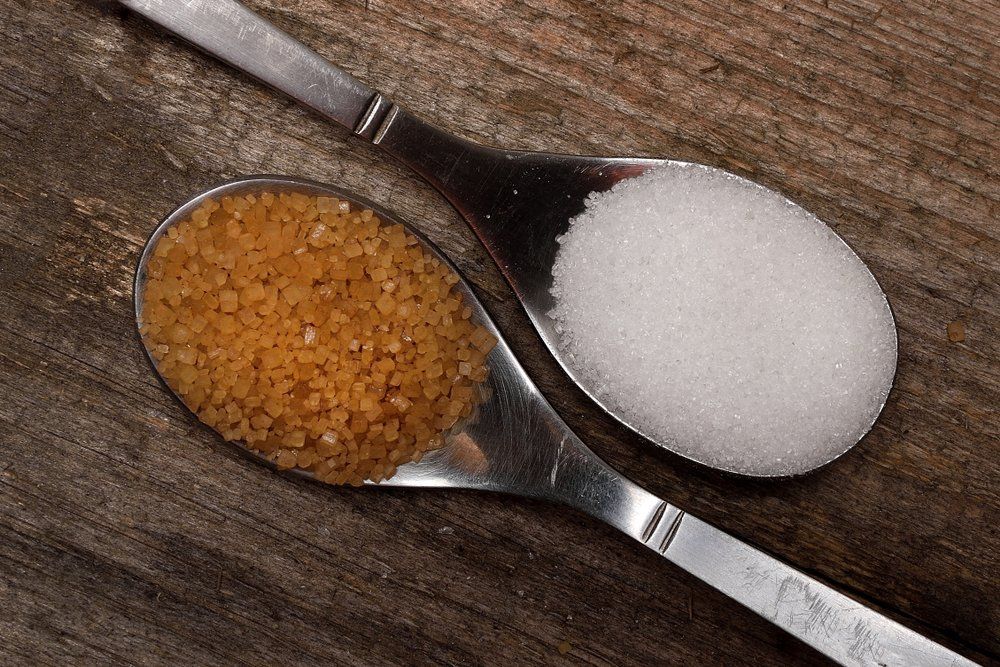The farming methods for beet sugar vs cane sugar contribute to differences in harvesting time.
Discover the Uses and Advantages of Beet Sugar Vs Cane Sugar in Your Daily Diet Plan
Exploring the unique qualities of beet and cane sugar discloses greater than simply their sweetening capacities; it highlights their distinct effect on wellness and cooking arts. Beet sugar, understood for its refined taste, is typically favored in fragile desserts, whereas cane sugar, with its hint of molasses, adds richness to robust recipes. Each kind holds its very own nutritional account and glycemic ramifications, inviting a deeper understanding of their duties in a well balanced diet regimen and lasting intake practices.
Origin and Production Procedures of Beet and Cane Sugar

The distinctive environments and soil types needed for expanding sugar beetroots and sugarcane add to distinctions in their cultivation techniques and geographical distribution, affecting the economics and sustainability of their manufacturing. beet sugar vs cane sugar.
Nutritional Comparison Between Beet Sugar and Cane Sugar
Regardless of stemming from various plants, beet sugar and cane sugar are nutritionally really similar, both mainly containing sucrose. Each offers regarding 4 calories per gram, equating to approximately 16 calories per tsp. Structurally, both sugars are made up of roughly 99.95% sucrose, with very little amounts of various other materials like dampness and trace element, which do not considerably modify their nutritional profiles.

Eventually, when web link picking in between beet sugar and cane sugar based on nutritional material alone, both offer identical advantages and disadvantages as they are essentially kinds of the exact same particle-- sucrose, providing quick power without other nutrients.
Effect on Health: Glycemic Index and Caloric Material
Exploring even more into the effects of beet sugar and cane sugar on health and wellness, it is crucial to consider their glycemic index and calorie material. The glycemic index (GI) of both beet and cane sugar is around 65, classifying them as high-GI foods, which can cause fast spikes in blood glucose degrees.
Each type of sugar has around 4 calories per gram, making their caloric content matching. For those keeping an eye on caloric consumption, particularly when managing weight or metabolic health and wellness conditions, comprehending this equivalence is vital (beet sugar vs cane sugar). Excessive intake of any type of high-calorie, high-GI food can contribute to health problems such as obesity, heart condition, and insulin resistance.
Environmental and Economic Factors To Consider of Sugar Manufacturing
Beyond health influences, the manufacturing of beet and cane sugar additionally increases substantial environmental and financial issues. Sugar beet growing has a tendency to need cooler environments and has a lower geographical impact contrasted to sugar cane, which grows in exotic regions. Both crops are intensive in terms of water usage and land profession, potentially leading to deforestation and water deficiency. Economically, the international sugar market is extremely volatile, influenced by changes in worldwide profession policies and subsidies. Several countries incentivize sugar manufacturing with economic assistance, skewing market value and influencing small farmers negatively.
Additionally, the use of chemicals and fertilizers in both beet and cane sugar farming can bring find out this here about soil deterioration and pollution, additional influencing biodiversity and neighborhood water bodies (beet sugar vs cane sugar). The choice between growing sugar beet or cane often rests on neighborhood environmental problems and financial variables, making the sustainability of sugar production a complex concern
Culinary Applications and Flavor Distinctions
While the ecological and economic elements of sugar production are indeed substantial, the option in between beet and cane sugar additionally influences culinary applications and flavor accounts. Beet sugar, acquired from the sugar beet plant, is understood for its remarkably neutral preference.
Walking cane sugar, extracted from sugarcane, usually preserves molasses traces, which give a distinct richness and deepness. The slight variation in moisture material between beet and cane sugar can influence the texture and consistency of meals, making cane sugar a preferred choice for particular dishes that benefit from its one-of-a-kind properties.

Final Thought
In final thought, both beet and cane sugar have unique beginnings and production procedures, providing comparable dietary accounts with slight distinctions in sodium material and flavor. While their effect on health and wellness, especially pertaining to glycemic index and calories, is similar, the option in between them usually Discover More Here comes down to ecological, economic variables, and certain cooking needs. Recognizing these facets can lead customers in making educated choices that straighten with their wellness objectives and flavor choices.